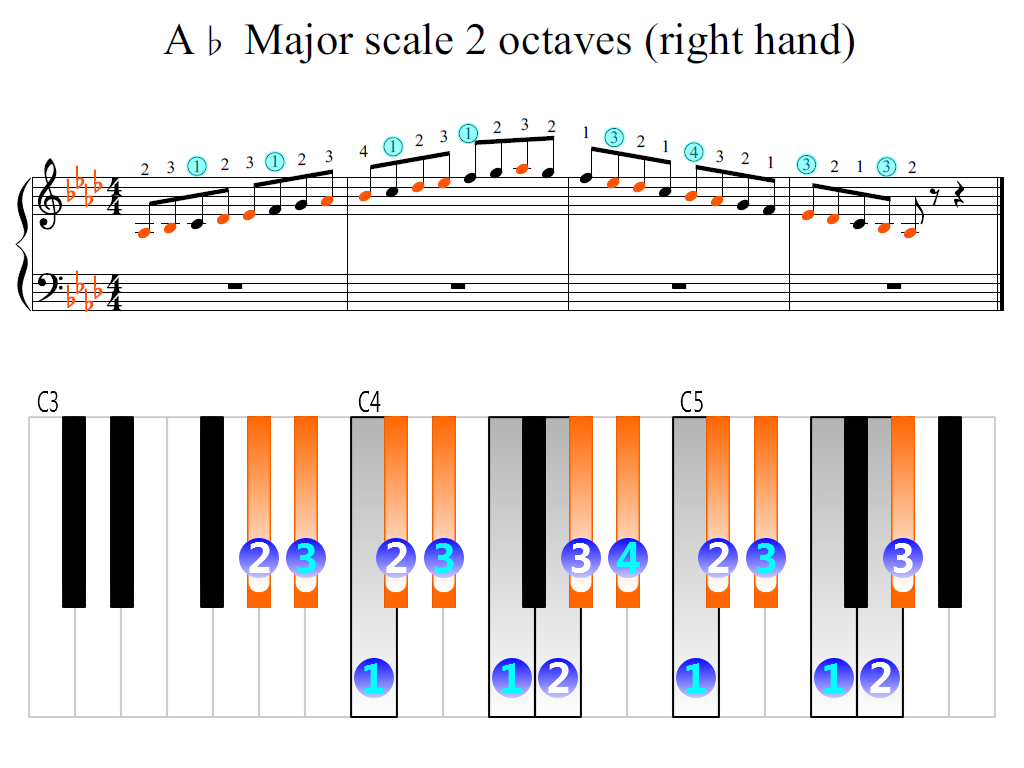
Ī-flat major was the flattest major key to be used as the home key for the keyboard and piano sonatas of Domenico Scarlatti, Joseph Haydn and Ludwig van Beethoven, with each of them using the key for two sonatas: Scarlatti's K. 1 in C minor, however, the timpani are re-tuned between the first movement in C minor and the following in A-flat major.Ĭharles-Marie Widor considered A-flat major to be the second best key for flute music. With hand-tuned timpani, there is no time to re-tune the timpani to A-flat and E-flat for the slow second movement in A-flat major accordingly, the timpani in this movement are reserved for the passages in C major. 5 has the timpani set to C and G for the first movement. Since A-flat major was rarely chosen as the main key for orchestral works of the 18th century, passages or movements in the key often retained the timpani settings of the preceding movement. Frédéric Chopin used this key in many of his works, particularly in his waltzes. The second movement of Haydn's 43rd symphony in E-flat major is in A-flat major.

Come back down using the same fingering.See also: List of symphonies in A-flat majorīeethoven chose A-flat major as the key of the slow movement for most of his C minor works, a practice which Anton Bruckner imitated in his first two C minor symphonies and also Antonín Dvořák in his only C minor symphony. Finish off the scale by bringing the third finger over to hit the E flat octave. Continue up the scale finger by finger until the thumb hits the D. The third finger of the left hand starts off on the E flat and when your thumb hits the G key, the fourth finger comes over and hits the A flat. Coming back down the scale is the exact same, just retrace your steps. Finish the scale with your third finger on the E flat octave. Hit the G with your second finger and continue finger by finger until the fourth finger hits the B flat. From there bring your thumb under to hit the F. The right hand starts off on the second finger. Now let me show you the proper fingering for the scale.

They are E flat, F, G, A flat, B flat, C, D, and the E flat octave. Let's take a look at the notes in the scale. Download PDF Learn How To Play The E Flat Major Scale On The Piano!


 0 kommentar(er)
0 kommentar(er)
